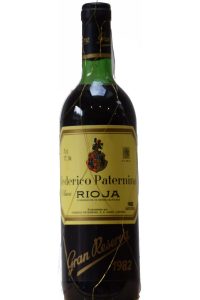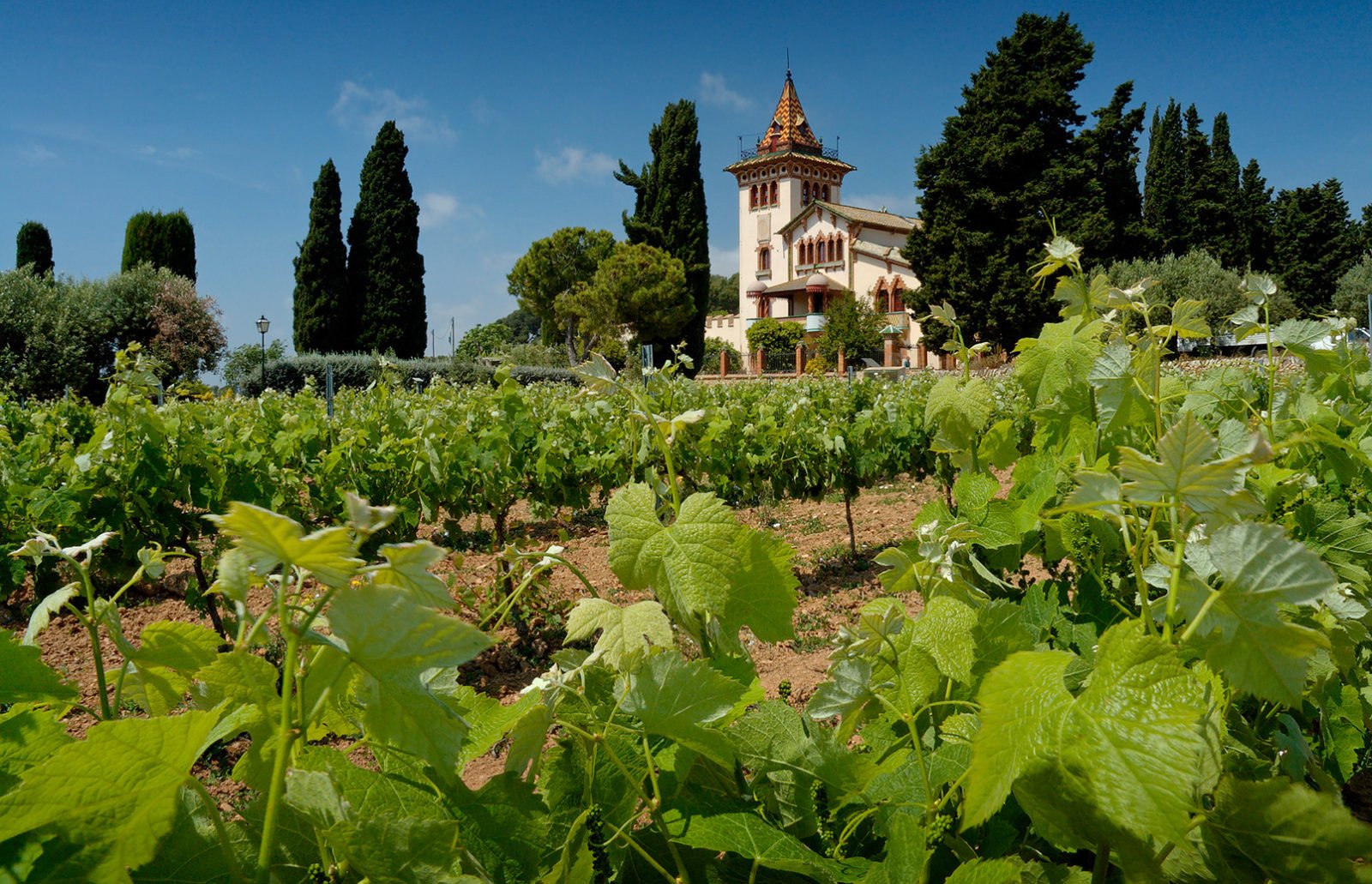Reacquaint yourself with an old friend
 There’s something comforting and familiar about Rioja. It’s like the old friend you perhaps don’t see very often but when you do it’s like old times. Whether you drink it regularly or not most people could happily come up with a couple of adjectives to describe Rioja that will be fairly similar to everyone else’s. In terms of being a recognised household name, it is up there with Bordeaux, Burgundy and Champagne; in terms of reputation for quality and prestige, it is not. This is unsurprising as for many decades the quality of the wine arriving in the UK was fairly abysmal. But Rioja has a good history and a resilience that has led to its survival through the bad years and its emergence as a region that can, and does, produce some top class wines.
There’s something comforting and familiar about Rioja. It’s like the old friend you perhaps don’t see very often but when you do it’s like old times. Whether you drink it regularly or not most people could happily come up with a couple of adjectives to describe Rioja that will be fairly similar to everyone else’s. In terms of being a recognised household name, it is up there with Bordeaux, Burgundy and Champagne; in terms of reputation for quality and prestige, it is not. This is unsurprising as for many decades the quality of the wine arriving in the UK was fairly abysmal. But Rioja has a good history and a resilience that has led to its survival through the bad years and its emergence as a region that can, and does, produce some top class wines.
Wine has been made in this region since time immemorial but, as is the case with many wine regions, the quality increased in the mid 19th century with the advent of new wine making techniques, the arrival of French wine makers, and the introduction of Bordeaux barriques. The style of Rioja we all know is the one that emerged during this time and, although some are more rustic than others, the predominance of oak and how it complements the Tempranillo grape is what we all recognise. The major issue that Rioja faced during its bad years in the 1960’s and 70’s was the tradition to leave the wine in barrel for far longer than was necessary. This created wines that were dried out with no freshness of fruit or elegance of flavour. There were always those that fought against this style like Marqués de Riscal whose wines offered elegance and finesse that was rarely found in others. But it was the move away from bulk wines in the 1970’s that encouraged others to follow suit and saw the quality of Rioja begin to rise. Yields decreased, technology improved, and the focus on single-estate production meant confidence in these wines began to return.
However, there are those that will argue all Rioja tastes the same whether a Crianza or a Gran Reserva: the general gist is the same with a little more refined flair. I have a slight tendency to agree with them and the familiar nature of it does give weight to the argument. But then I try one and I remember that its familiarity, although comforting, does not make it a standard issue fit.
A good quality Crianza with its juicy, plump, berry-like fruit and its slightly tart finish that is both smooth and acidic can be very rewarding. If made well and the tannins are kept at bay it does what it says on the tin – it is a young, fresh, and frivolous version of Rioja that has no major interest in developing the aged, complex notes of its older siblings. They are just about discernible but will not come to the fore.
A Gran Reserva on the other hand is a force to be reckoned with particularly if you approach it before it’s ready. We had the good fortune of enjoying a 1982 Federico Paternina Gran Reserva recently which was delicious: it had a spirity edge that, when paired with food, fell away to reveal fruit, spice, and oak in abundance. Age of this kind is not to everyone’s taste but it is a far cry from a Crianza exemplifying how variable Rioja can be.
Rioja is exactly the area where spending just a little more will get you a great deal for your money. Thoughtfully made, elegant and sumptuous Reservas and Gran Reservas with the right amount of age can be found without much difficulty and without huge prices. The market (for once) has allowed for age and being able to get your hands on good quality reds that are ready for drinking is refreshing, if a little surprising.
So now is just the time to re-visit that old friend and remember why you got on so well in the first place.
2006 Bodegas Muga Prado Enea Rioja Gran Reserva DOCa £43 per bottle
This is a great example of the value you can find in Rioja (below £50 a bottle will just about scrape into the middle ground of Burgundy). Bodegas Muga have been making top class wines for some time now and their Prado Enea is highly celebrated and only made in good years. And just to be difficult they fly in the face of modernity with this wine and leave it ageing in barrel for longer than most. This is such a big wine that it doesn’t seem to have affected the freshness of the fruit and this vintage is just opening up now.
La Rioja Alta has an extensive collection but the ones to look out for are the Ardanza Reservas and the 904 and 890 Gran Reservas. Complex and elegant wines that are still good value.
2007 La Rioja Alta Vina Ardanza Rioja Reserva DOCa £68 per magnum
A lovely age for a Reserva and in magnums it will last that bit longer.
2004 La Rioja Alta 904 Rioja Gran Reserva DOCa £63 per bottle
A classic Rioja with plenty of red fruit and earthy tones. This is jut coming into its drinking window and will last.
1996 Artadi Pagos Viejos Rioja DOCa £68 per bottle
It’s good to get a spectrum of ages with Rioja as it goes a long way in helping you understand how it can evolve over time. Artadi make single estate Riojas that tend to fall outside of the Reserva classification system as they don’t conform entirely. These are modern, fruit driven wines but exceptionally made. At 24 years old this will throw up some surprises for those that aren’t familiar with a well aged Rioja.

